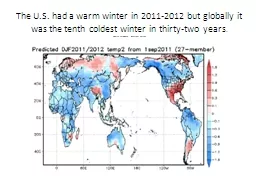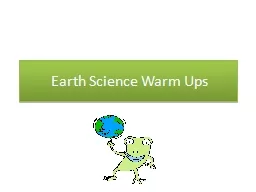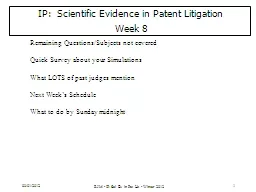PPT-The U.S. had a warm winter in 2011-2012 but globally it was
Author : celsa-spraggs | Published Date : 2015-11-30
Source European Weather Service In spite of recent claims about 2014 being the warmest year on record significant cold can be found globally Data 01 january18
Presentation Embed Code
Download Presentation
Download Presentation The PPT/PDF document "The U.S. had a warm winter in 2011-2012 ..." is the property of its rightful owner. Permission is granted to download and print the materials on this website for personal, non-commercial use only, and to display it on your personal computer provided you do not modify the materials and that you retain all copyright notices contained in the materials. By downloading content from our website, you accept the terms of this agreement.
The U.S. had a warm winter in 2011-2012 but globally it was: Transcript
Download Rules Of Document
"The U.S. had a warm winter in 2011-2012 but globally it was"The content belongs to its owner. You may download and print it for personal use, without modification, and keep all copyright notices. By downloading, you agree to these terms.
Related Documents














